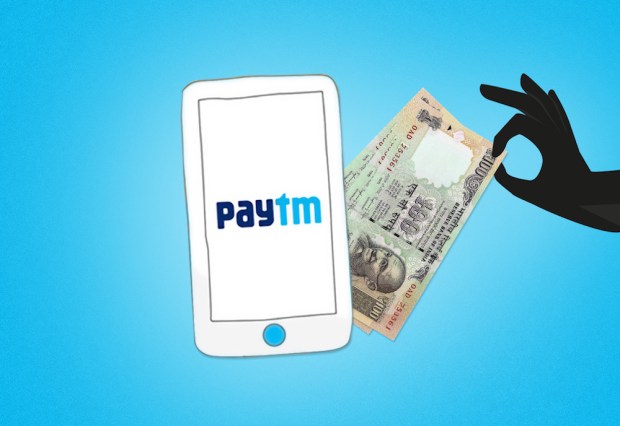Paytm’s WeChat Ambitions

In rather short order, India has emerged as one of the world’s most competitive battlegrounds for those looking to build the next phase of the global digital commerce future. Amazon, Apple, Google, Visa, Mastercard, PayPal, Uber, Alibaba, Softbank, Facebook — at this point it might in fact be quicker to list the international giants that haven’t made big investments or plays in India in the last 18-24 months than to attempt to offer a list of those that have.
This interest, of course, does not spring from nowhere.
India, according to some estimates, is on track to become the world’s third largest consumer economy by 2025 — with consumption on pace to nearly triple to $4 trillion. A full 30 to 35 percent of those consumers will be influenced by digital channels, and 8 to 10 percent of retail purchases will be made via digital channels. And that may be a conservative estimate, given that over the last three years alone, the number of online buyers in India has increased sevenfold to 80 to 90 million people.
Those increases were largely before demonetization went into effect at the end of 2016 and effectively forcibly moved a much larger subset of India’s consumer population onto digital payments channels by removing 86 percent of the nation’s cash from circulation. The pace of growth in digital channels could pick up rather notably as a result.
It’s unsurprising that players from all over the world — not to mention the “hometown heroes” like Paytm, Flipkart and Ola Cabs — are lining up to compete. The opportunity is big — and by all accounts growing — particularly for those who can get in and capture loyalty and habit early on.
And it seems this week two new competitors will be entering the ring — the team at Paytm, India’s largest mobile payments company, has decided to expand its service offering to include chat.
That puts it directly in the path of Facebook-owned WhatsApp, currently India’s largest chat service with around 200 million active users in-nation (out of about 1.2 billion users worldwide).
What Paytm Is Building
According to reports in The Wall Street Journal , the Noida-based payments firm has announced that within the next two weeks it will launch a messaging feature embedded within the Paytm app that will include free access to text services with video and image sharing.
That will not make it the nation’s first messaging app with a payments feature — India’s largest local messaging app Hike introduced a payments feature in June. Hike currently reports having about 100 million users.
India’s largest player is WhatsApp — and it does not currently support payments functionality, though P2P payments have been in development for some time, and recently the firm did begin advertising for a digital transactions lead in the country.
Paytm, notably, goes in with a fairly large user base of its own — at 230 million users, it already larger than WhatsApp.
“I think there is room for more than one messaging app in India,” said Neha Dharia, an analyst at telecommunications research firm Ovum.
But, Dharia noted, the move does allow Paytm to make the next evolutionary step forward in its development as a payments and commerce firm.
“Payments is the cornerstone for a messaging app to become a services platform, and Paytm already has a mobile wallet feature.”
A mobile wallet feature that is already compliant with local regulations and familiar to and trusted by almost a quarter-billion people already.
And a 40 percent stake in it from Alipay/Ant Financial.
So, if the chat feature is any good — and that is not a foregone conclusion, as many chat apps have failed on bad UX — it could be a formidable competitor.
The WeChat Playbook
WeChat — the Chinese messaging app that around one billion Chinese consumers use to communicate, play games, hail cabs, buy food, shop, pay bill and tip street musicians — is the obvious point of comparison.
It is also, according to Paytm, the inspiration for the move.
“Having such a (large) user base, the company wants to take on WhatsApp and emulate the WeChat model for long-term gains. Paytm has already started offering different aggregated content in its app, indicating it wants to have multiple services on its platform,” a person close to the development said, according to reports in Inc42.
Given that WeChat and Alipay collectively control 67 percent of payments in some Chinese cities (not mobile payments — all payments everywhere) it is certainly not a bad page to crib from.
But, of course, Paytm first has to capture some of the 200 million customers WhatsApp has already converted — preferably before WhatsApp gets its P2P payment option up and running.
The race in India is getting noticeably faster. It will be interesting to see if Paytm to can tie messaging to its core payments business to boost itself into pole position in India’s digital sprint.
We have a funny feeling it will give WhatsApp more than a run for its money, since Paytm seem to have an awful lot of it. It just closed a $1.4 billion round from Softbank in May, and also has the deep pockets of Ant/Alipay, which is surely eager to create a WeChat/WeChat Pay competitor in a very important market.
